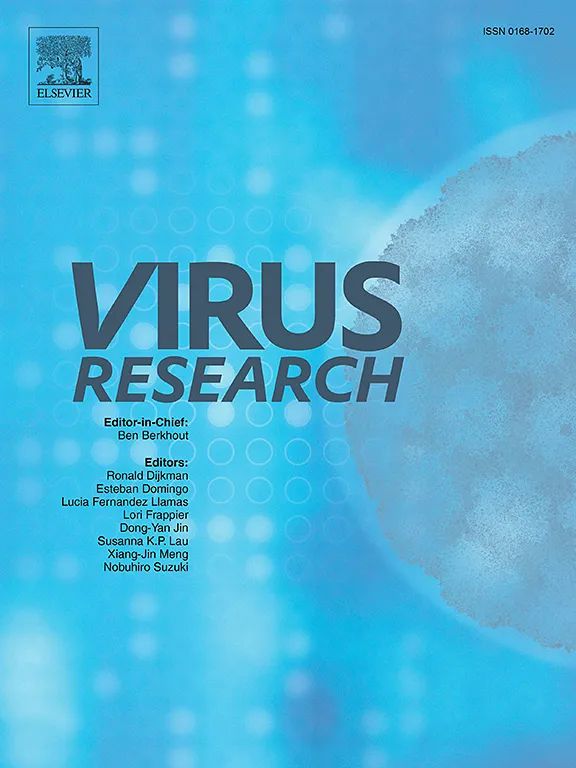Signature of viral fossils: a comparative genomics approach to understand the diversity of endogenous retroviruses in bats
IF 2.5
4区 医学
Q3 VIROLOGY
引用次数: 0
Abstract
Endogenous retroviruses (ERVs) are traces of past viral infections commonly found in vertebrate genomes. Many ERVs are tightly regulated by the host genomes and co-opted for various functions within the hosts. Bats are the only true volant mammals, with the smallest mammalian genomes and a high fraction of ERVs within the genomes. They are important hosts for various zoonotic viral pathogens and can effectively modulate their immune response to tolerate viral infections. Integrations of retroviruses have been implicated as one of the mechanisms by which bats have co-evolved strategies to combat viral infections. In this study, we investigated the diversity of ERVs in over 40 publicly available bat genomes to understand the distribution and the evolution of ERVs within bats. We observed all classes of ERVs within bat genomes including even the complex lenti retroviruses. Alpha and spuma retroviruses which are generally considered rare in mammals, were common within bats. We observed a positive correlation between bat genome size and length of ERV elements. Interestingly, nearly 30 % of the ERVs within bats are intact suggesting a recent origin or co-option by the host genome. Future studies focusing on comparative genomic and experimental data will be critical to understand the role of these ERVs in host genome evolution.
病毒化石的特征:了解蝙蝠内源性逆转录病毒多样性的比较基因组学方法。
内源性逆转录病毒(ERV)是脊椎动物基因组中常见的过去病毒感染的痕迹。许多 ERV 受到宿主基因组的严格调控,并在宿主体内发挥各种功能。蝙蝠是唯一真正的易变哺乳动物,拥有哺乳动物中最小的基因组,基因组中ERV的比例很高。它们是各种人畜共患病毒病原体的重要宿主,能有效调节自身的免疫反应,耐受病毒感染。逆转录病毒的整合被认为是蝙蝠共同进化对抗病毒感染策略的机制之一。在这项研究中,我们调查了40多个公开蝙蝠基因组中ERV的多样性,以了解ERV在蝙蝠体内的分布和进化。我们在蝙蝠基因组中观察到了所有类别的ERV,甚至包括复杂的lenti逆转录病毒。通常被认为在哺乳动物中罕见的α和spuma逆转录病毒在蝙蝠中很常见。我们观察到,蝙蝠基因组的大小与ERV元件的长度呈正相关。有趣的是,蝙蝠体内近30%的ERV都是完整的,这表明ERV是最近才起源的,或者是被宿主基因组共用的。未来的研究将侧重于比较基因组和实验数据,这对了解这些ERV在宿主基因组进化中的作用至关重要。
本文章由计算机程序翻译,如有差异,请以英文原文为准。
求助全文
约1分钟内获得全文
求助全文
来源期刊

Virus research
医学-病毒学
CiteScore
9.50
自引率
2.00%
发文量
239
审稿时长
43 days
期刊介绍:
Virus Research provides a means of fast publication for original papers on fundamental research in virology. Contributions on new developments concerning virus structure, replication, pathogenesis and evolution are encouraged. These include reports describing virus morphology, the function and antigenic analysis of virus structural components, virus genome structure and expression, analysis on virus replication processes, virus evolution in connection with antiviral interventions, effects of viruses on their host cells, particularly on the immune system, and the pathogenesis of virus infections, including oncogene activation and transduction.
 求助内容:
求助内容: 应助结果提醒方式:
应助结果提醒方式:


